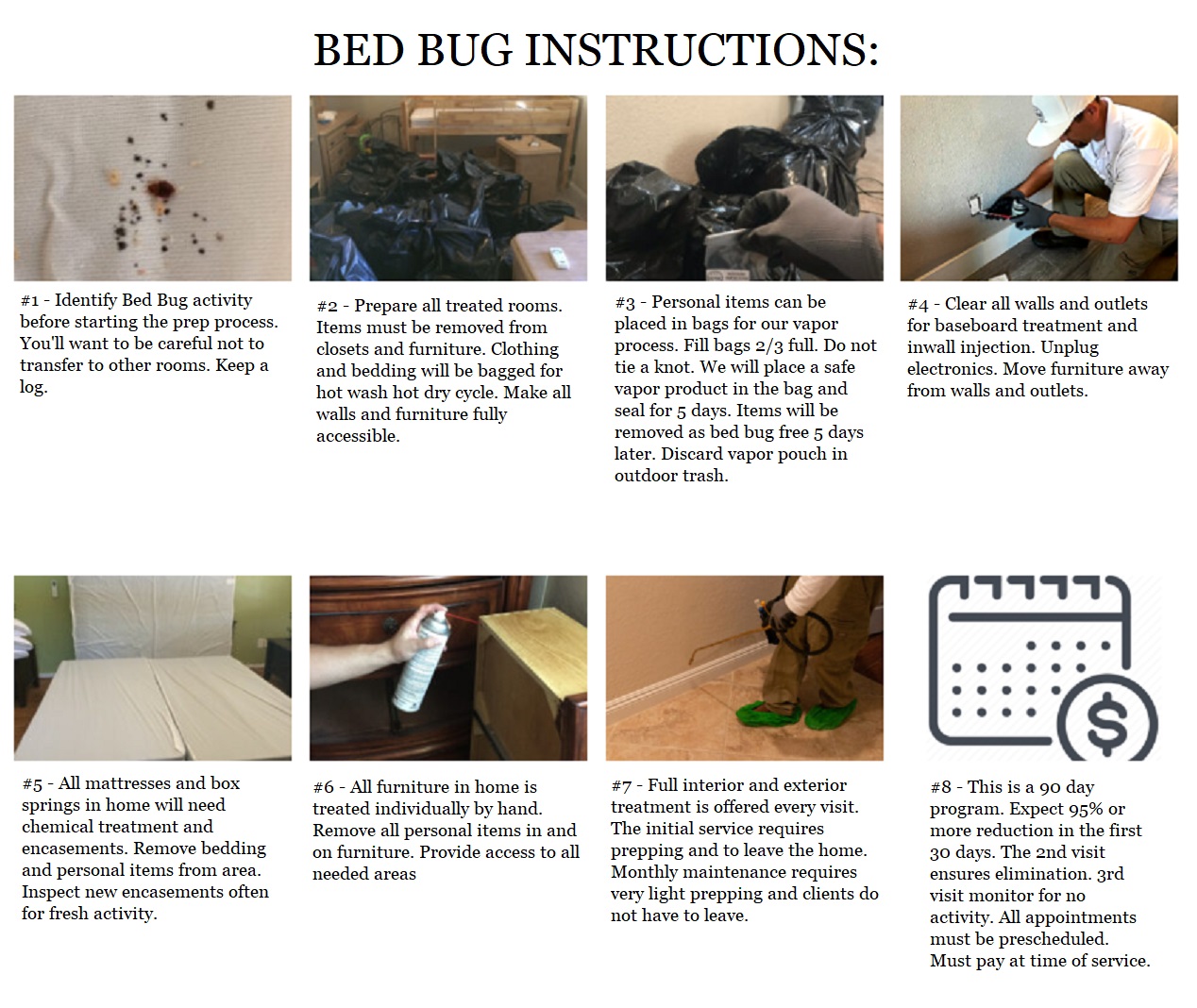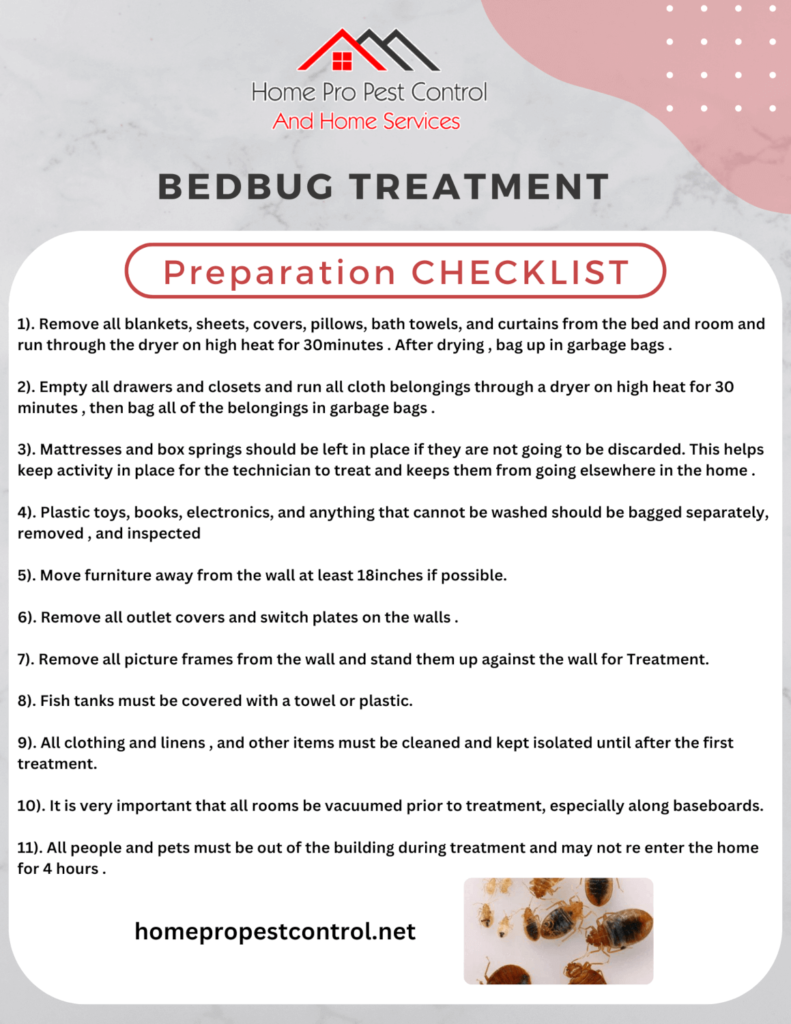Facts About Bed Bug Services Uncovered
Table of ContentsThe Facts About Bed Bug Services UncoveredThe Only Guide for Bed Bug ServicesThe Ultimate Guide To Bed Bug ServicesAn Unbiased View of Bed Bug Services
A thorough bed bug inspection by experts is a meticulous process and demands careful attention. Bed bugs are difficult-to-detect, fast-moving pests that often dwell in small hiding places in furniture and walls. Because of their stealthy behavior, detailed examination is necessary to identify the full scope of the problem. Professional inspectors rely on specialized equipment, systematic procedures, and experience to identify infestations early, stopping infestations from worsening.The first step in any professional inspection involves knowing the habits and life cycle of bed bugs. Bed bugs belong to the Cimicidae family and progress through eggs, several nymphs, and adult stages. Adults are around five millimeters long, flat, reddish-brown, and wingless with slender legs and antennae. Their mouthparts are designed to pierce skin and extract blood, producing skin irritation and visible marks. Knowing these traits helps inspectors anticipate hiding spots.
Early detection is critical for effective management. Professionals look for specific indicators such as fresh droppings that resemble small ink dots, old stains, shed skins, eggs, or eggshells (Bed Bug Services). A single female can lay hundreds of eggs, resulting in serious outbreaks. Evidence of molted skins or eggshells signals ongoing activity and demands thorough examination
Preparing for an inspection demands meticulous preparation. Inspectors often advise removing items that block access, which improves access to furniture and baseboards. Bedding and linens may be washed in hot water and dried on high heat, and then secured until the inspection is complete. Wall decor, mirrors, and pictures are sometimes moved to inspect behind frames. Vacuuming furniture and floors helps clean up stray insects, and vacuum bags should be discarded carefully to avoid spreading.
Top Guidelines Of Bed Bug Services
The inspection itself is systematic and thorough. read what he said Inspectors start with beds and adjacent furniture, looking closely at creases, joints, and folds. Upholstered furniture, including seating furniture, is inspected thoroughly, including underneath and inside cushions. Baseboards, moldings, the edges of wall-to-wall carpeting, electrical outlets, closets, and storage areas are methodically checked, as these can be frequent hiding places.
Specialized tools improve inspection effectiveness. Flashlights, magnifying lenses, multi-tools, and mirrors help inspect hard-to-see areas. Monitoring devices like interceptor traps or sticky pads allow ongoing monitoring of pest activity. Some companies bring in canine teams, which detect even small infestations, hop over to here distinguishing them from non-active traces.

Meticulous documentation is a key component. Inspectors record the locations of evidence, severity of infestation, and treatment recommendations. This provides a reference for follow-ups and facilitates discussion with residents. Residents are often instructed to preserve evidence for accuracy, as this ensures accurate results.
After inspection, a monitoring plan may be put in place to confirm the presence of bed bugs and track activity. Continuous monitoring detects reinfestation, and asking residents about bites and sightings helps pinpoint problem areas. Cooperation from residents supports the inspection process.
The 8-Minute Rule for Bed Bug Services

Professional inspections offer a higher level of accuracy than DIY attempts. Trained inspectors know what to look for and where, prevent misdiagnosis, and give peace of mind.
Bed bug inspections are particularly important in high-risk environments. Inspectors examine adjacent units, common areas, and shared furniture to identify potential spread (Bed Bug Services). This stops further spread
In summary, a professional bed bug inspection includes identifying the pest, readying the environment, inspecting meticulously, find more information employing tools, maintaining records, and ongoing monitoring. Each step supports early detection, informs treatment, and reduces future risk.
The Definitive Guide to Bed Bug Services
